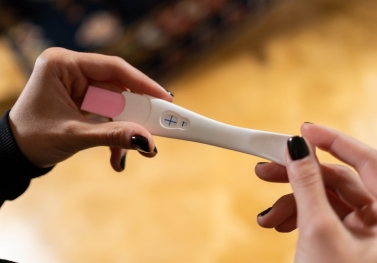College of Public Health senior research scientist Marielle Brinkman finds an increase in the use of novel tobacco products.

Marielle Brinkman, senior research scientist in the College of Public Health Division of Epidemiology
Use of tobacco products grew 38.3 percent among high school students in 2018, according to the Centers for Disease Control and Prevention.
College of Public Health senior research scientist Marielle Brinkman has worked over 18 years quantifying human exposures to the toxic chemicals from tobacco product use to support the regulation of these products.
Cigarettes first became popular in the early 20th century, but it wasn’t until the 1964 U.S. Surgeon General's Smoking and Health report that a causal link between cigarette smoking and lung cancer was established. Today, 9 out of ten Americans agree that smoking cigarettes is harmful, but the tobacco product landscape is changing.
“With the decline of cigarette smoking in the general population, we see an uptake in more novel products,” Brinkman says.
Brinkman’s current work focuses on two products that have become increasingly popular with adolescents and young adults in the last 10 years: electronic cigarettes and hookah. Both are mistakenly perceived as being less harmful than cigarettes. Recent nationally representative data indicate that if you smoke either of these products, you have a greater chance of becoming a cigarette smoker.
“One of the things that get me up in the morning and get me into work every day is the idea that we could have the first tobacco-free generation,”
Brinkman says that because the tobacco industry knows their products are deadly, they manipulate their ingredients—and customers—to make their merchandise as addictive as possible, to maximize sales.
“As regulatory scientists, we struggle with what I call the shiny object syndrome. The industry introduces a new type of product which causes regulators to split precious funding in order to study it. In addition, consumer poly-use of the many product types on the market makes it difficult to generate the evidence needed by the FDA to pass product standards for a specific type of tobacco product.”
Brinkman hopes to use research and education to provide adolescents and young adults with the information they need to make their initial decision about whether to use tobacco and nicotine products.
“Because of the irreversible effects of nicotine on the developing brain, there is no safe level of tobacco product use for young people.”











